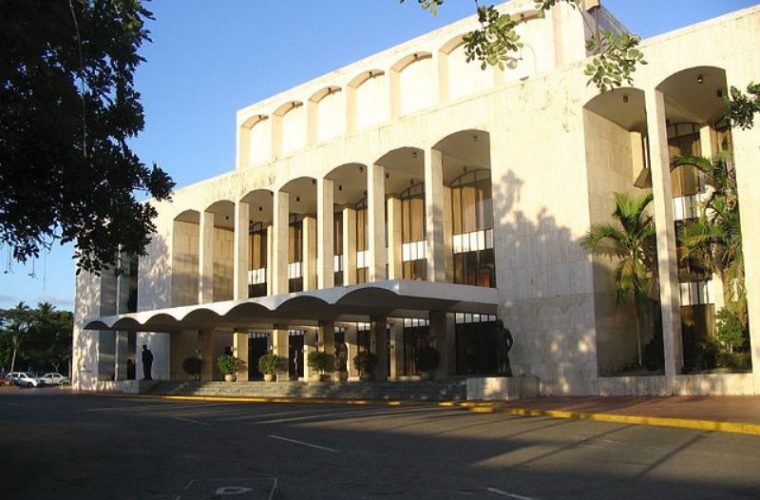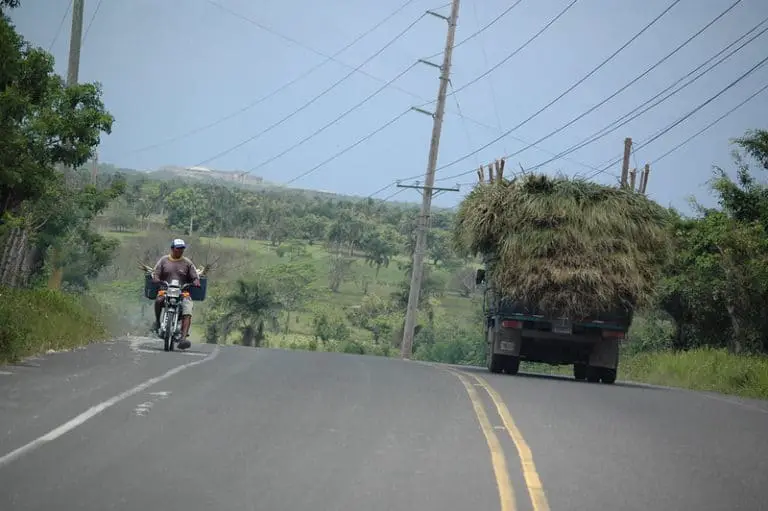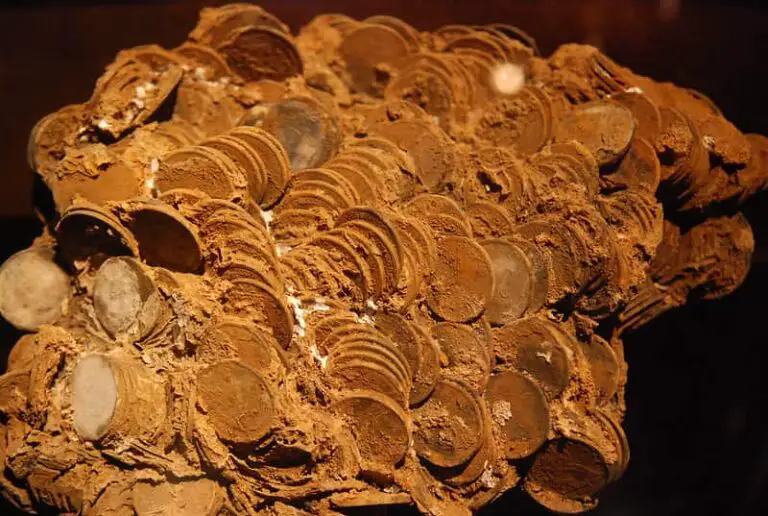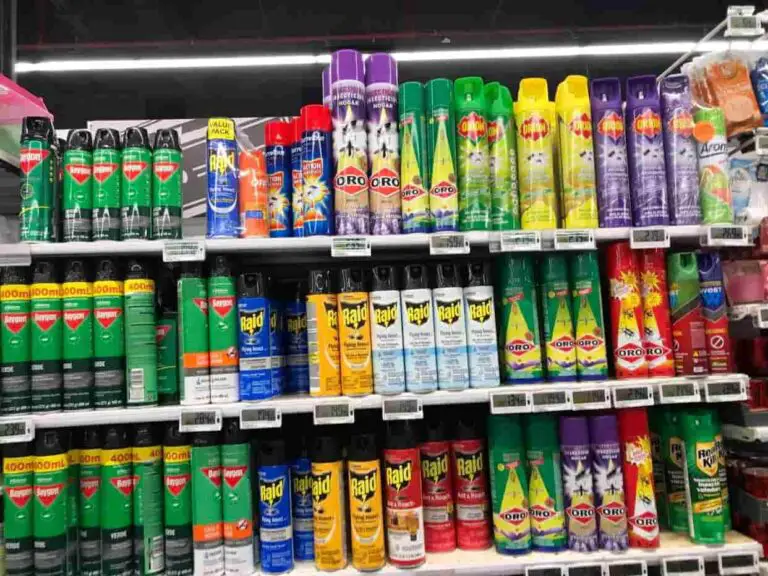Dominican Beaches And The Reason for Their Names
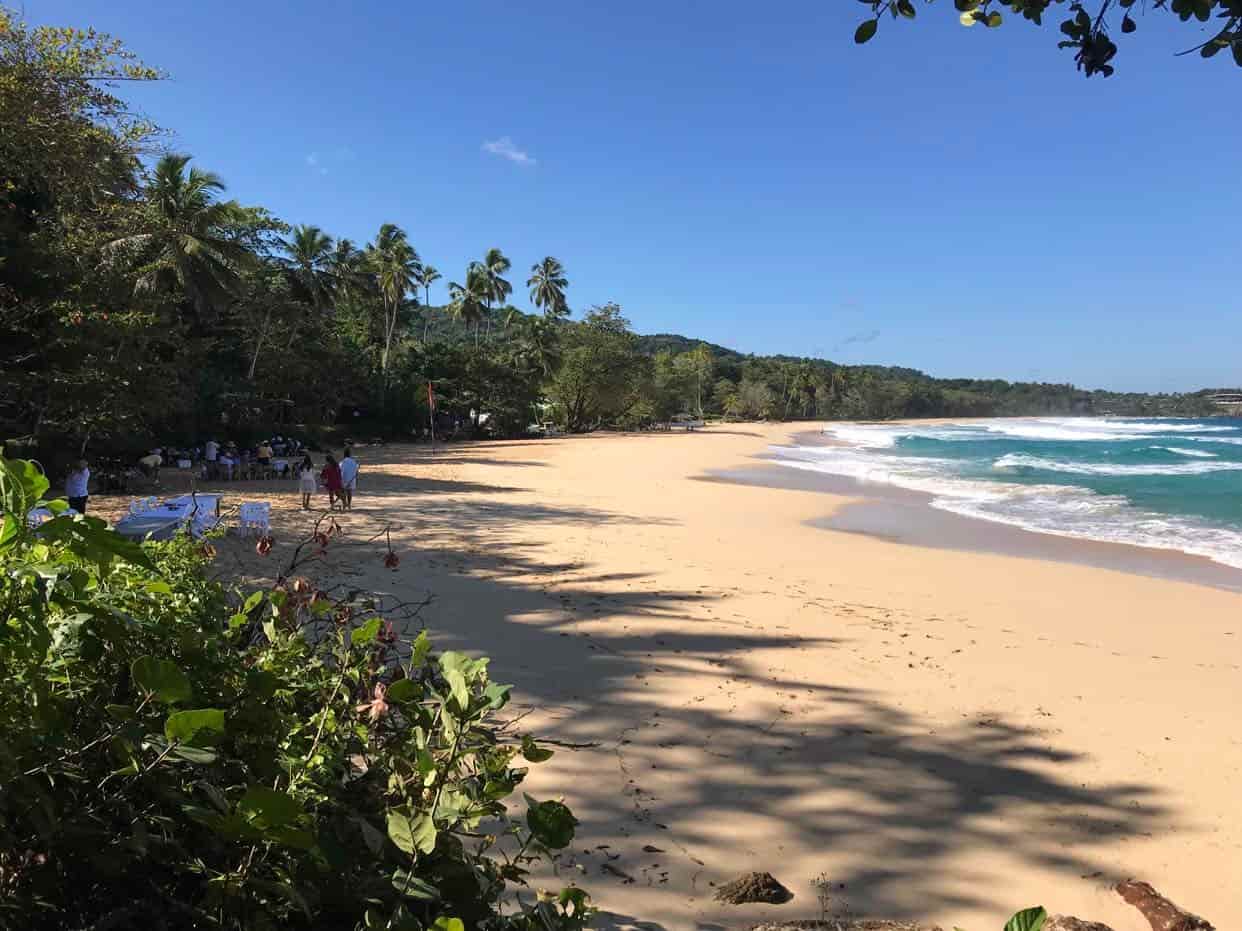
In general, all places, whether they are streets, cities, or squares, have a name that makes reference, allegory, or remembrance of something.
Recently, someone asked me about the origin of the name Bávaro beach in Punta Cana, and it became interesting for me to investigate the origin of this beach, as well as the name of some other well-known beaches in the Dominican Republic, and the reason for their names.
Contents
1-Bávaro Beach
One of the best beaches in the Dominican Republic, located in the east, Punta Cana.
It was somewhat difficult to find the origin of the name of this beach, from what I could investigate I found two very different stories, the first story tells that this beach is named in honor of a French lumber businessman in the area in the 30s, that was a long time ago.
I could not confirm the veracity of this information, another story tells that Playa Bávaro is named after a German, from Bavaria, who owned some farms around the beach and to access the beach you had to cross his land.
The truth is that Playa Bávaro became popular after the Spaniard Gabriel Bermudez decided to develop his hotel chain in the surroundings of this beach in the 80s, but by then, the beach already had his name.
2-Boca Chica Beach
Boca Chica must be the best-known beach in Santo Domingo and one of the most visited as well. In fact, the beach is located in a municipality that bears the same name as the beach.
The beach is called Boca Chica because it communicates with the sea through two mouths, the one to the west is the larger of the two and is used to go to the town of Andres de Boca Chica, and the other mouth (the small one) communicates the sea with the beach.
3- Juan Dolio Beach
Juan Dolio is a place belonging to the municipality of Guayacanes in the Dominican Republic. It is another very popular beach in Santo Domingo because it is relatively close to the city of Santo Domingo like Boca Chica.
The beach was named in 1956 on the advice of the Italian Dominican businessman José B. Vicini, who had several family settlements in that area.
Although the history of why the area and the beach of Juan Dolio are not very explicit, only that the businessman Vicini proposed it, it is known that in that area there was a very important landowner who contributed a lot to its development called Juan De Olio and it is very likely that the name of the beach is in honor of this person.
4-Playa Dorada
Playa Dorada is one of the most beautiful beaches of the entire north coast in Puerto Plata, it is so called because the stones and sand that has this beach is a yellow, white, and amber tone that gives the feeling of golden color.
5-Playa Caleton
Caleton Beach. A small refuge of yellow sands east of Rio San Juan.
Playa Caletón is a property of exceptional beauty that owes its name to its special physical configuration. Shaped like a large cove, narrowing at its ends, and with some rocks in front, it is one of the quietest beaches of the Dominican north coast.
6-Arena Gorda Beach
Located in the east of the Dominican Republic in the province of La Altagracia, it is a white sand beach located just 15 minutes from the Punta Cana International Airport.
Actually, I don’t know why whoever came up with the idea of calling this beach “Arena Gorda” (fat sand), when in fact it is quite the opposite, the area of this beach is very fine.
The name “Arena Gorda” (fat sand) is not because the grain of sand is fat or coarse, but because of the wide extension of sand that this beach has (one of the widest white sand beaches in the country). In fact, the beach has sand as fine white as Bávaro beach.
7- Playa Bahia de las Aguilas (Eagle bay)
This is another name that although it makes allegory to something, does not have a direct relation to its name, because although this beach is visited by many birds, it is not visited by eagles, as far as I could investigate.
It is called Eagle Bay because it serves as a refuge for 130 species of birds, of which 10 are endemic to the country, 76 are residents and 47 are migratory. Plants such as canelillas and oak can be seen there.
8-Playa Punta Rucia
Punta Rucia is a cape and beach located specifically in the province of Puerto Plata (Dominican Republic), in the bay of La Isabela and quite close to the town of La Isabela, the first European settlement in the New World.
The name “Rucia” was given by Christopher Columbus because of the brown or roan color of the animals.
9-Playa Bayahibe
Bayahibe is a rural fishing community and a beach, located just 30 minutes from the city of La Romana, as well as Altos de Chavón and La Romana International Airport.
Bayahíbe is an indigenous word, “Baya” is the name given to a bivalve mollusk, similar to the clams that are stuck to the rocks or to the roots of the mangroves.
“Jibe”, or “Hibe” (it is the same word) corresponds to the name given by the natives to a kind of sieve made of sticks that was used to sift the cassava flour during the process of making cazabe (indigenous food).
10-Cayo Levantado
In the middle of the Bay of Samaná is the well-known Cayo Levantado, with its beautiful beaches.
The English captain Joseph Bannister commanded the English navy ship “HMS Golden Fleece” (“The Golden Fleece”) of 40 cannons but, wishing to make his fortune in those times of pirates in the Caribbean, Bannister “rose up against his king” becoming a pirate and for that reason, he was called “The Risen One” (Levantado).
Bannister was captured on Cayman Island but an English court released him. He soon began pirating from Samana Bay, capturing ships passing through the Mona Channel.


